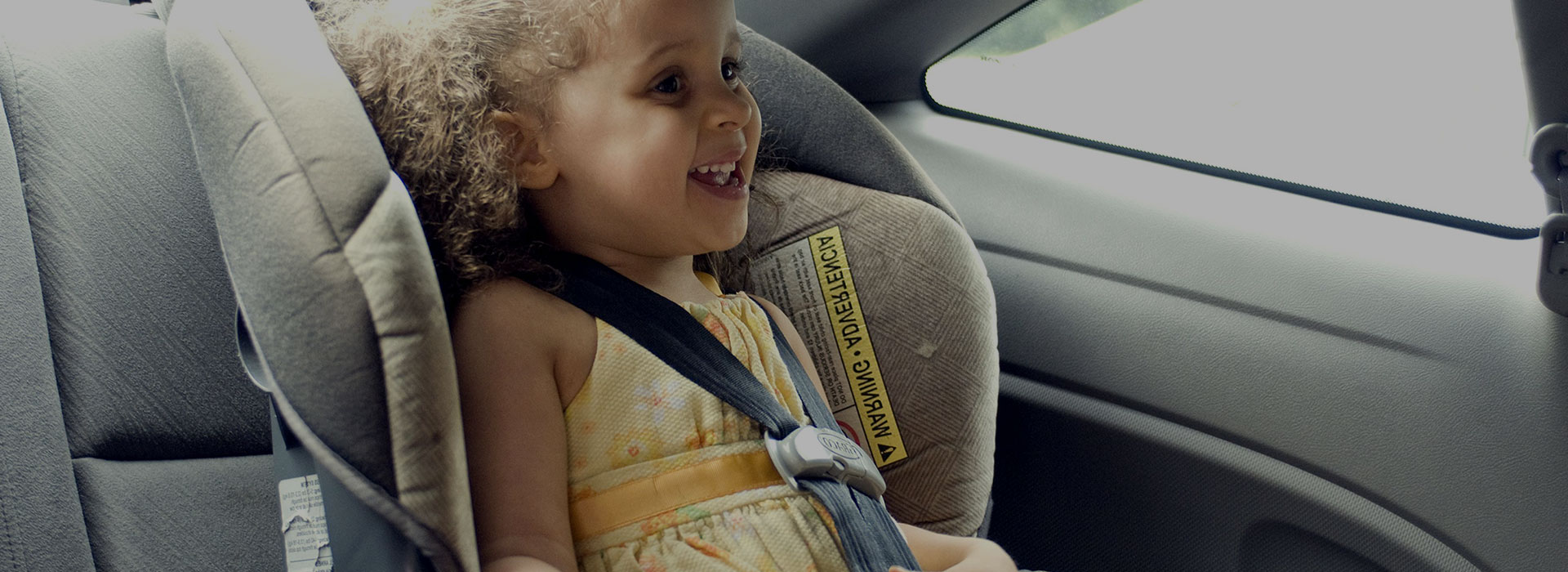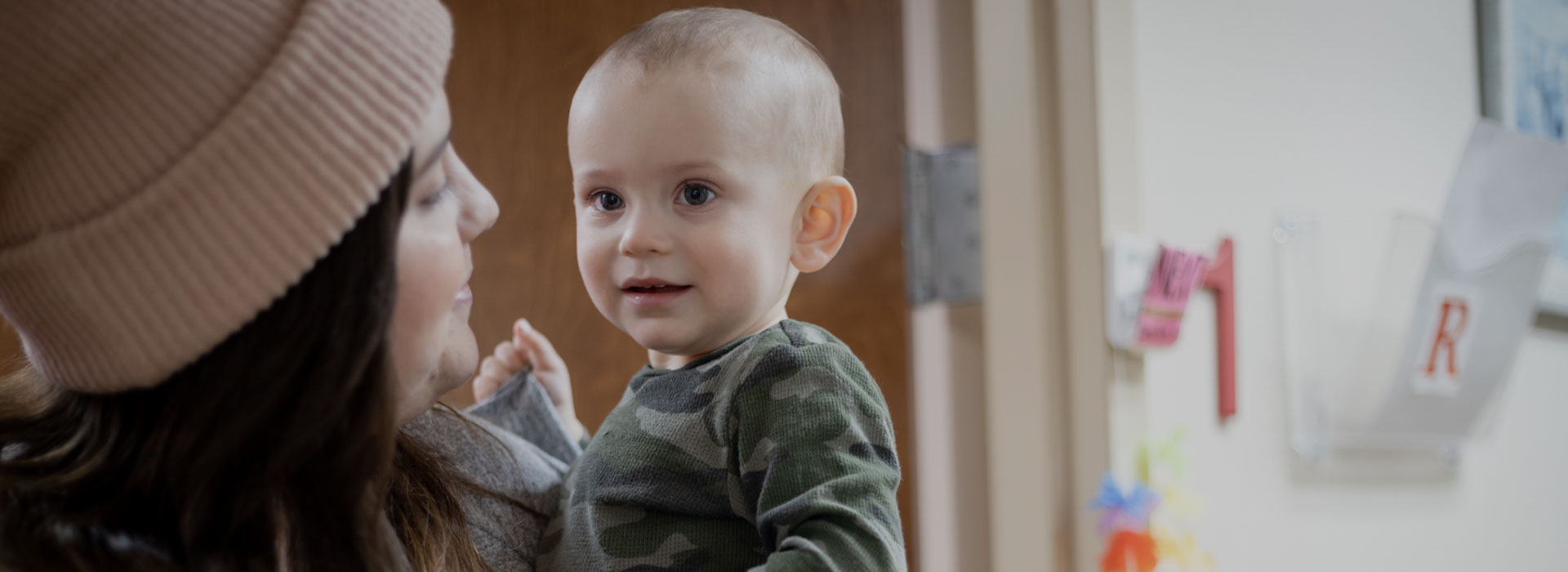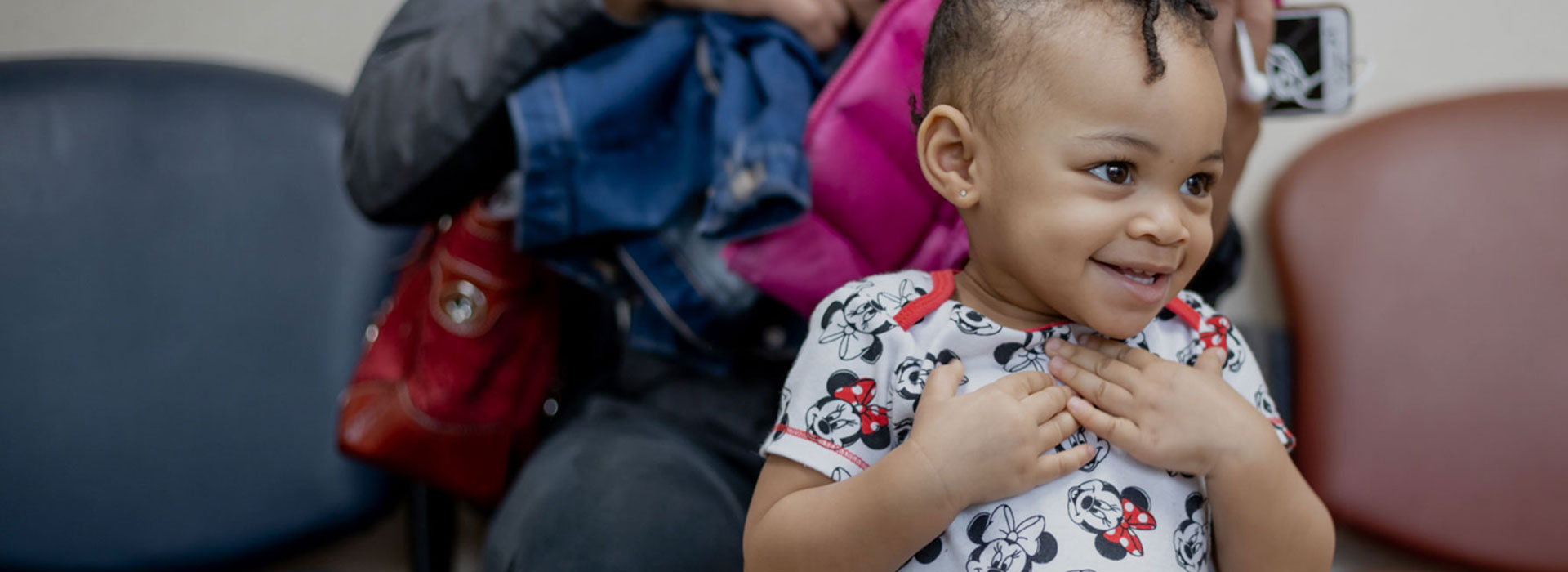Perhaps you have a sick child. Maybe you need a physical to start playing soccer. It may have been a while since you’ve seen us.
Whatever the reason, you’re planning on a visit.
We strive to make the experience as pleasant and painless as possible, but not that many folks actually enjoy going to the doctor’s office. There are, however, some things to
plan on that can help make your visit that much easier.
FIRST TIMERS!
This is going to be your most time-consuming visit. Once you’re done, each following visit will be much smoother, but since we don’t know you yet, there are some things we
would like to learn.
Your first step is to go through our Patient Forms. This contains some forms explaining our compliance with patient confidentiality rules, what your rights are, and almost all
of our patient and billing policies. It also houses some checklists, and is where you can give us information about your child. We’ll learn about past pediatricians, what medical files are available to us, some history about your family, allergies, and the like.
Some of these you can submit online, and any of them can be brought into our practices. But we’ll need all of this before we start our visit. It’s easiest to get them out of the way before you come.
YOU’RE HERE!
The first thing you do upon arrival is let us know that you’re here. Unlike many pediatricians, we schedule pretty generously. We like to spend quality time with our families. This, however, doesn’t mean we don’t stay busy. As flu bugs go around, sports seasons start, and the cycles of the school year go by, we have our ebbs and flows, but being just a few minutes early assures that you get all of the time with us that you deserve.
Make certain that we know WHY we’re seeing you today! You’ve hopefully told us when you made your appointment. “Chloe seems to have a sore throat.” But it’s good to
have that reminder.
If you were a First Timer, there may be some I’s to dot and T’s to cross in your paperwork, but hopefully you’re ready to see your pediatrician. If you’re a returning patient, unless something has changed since your last visit (change in insurance, newly diagnosed allergy, etc.) we may not need anything else.
YOU’RE DONE!
You’ve had your visit with our pediatrician, and everything went great! So, you’re ready to go home…
Not so fast!
You’ll need to see the receptionist on your way out. You may have a co-pay obligation, or we may have a question about your coverage. Let’s sew those up before you leave.
Your pediatrician may also want a follow-up visit. Sometimes this is as simple as a phone call. “Chloe’s fine. Thank you!” We may want to have another look into those little
ears to make certain things are progressing as quickly as we like.
Even if there’s no immediate follow-up requested, it’s a good idea to go ahead and think about your next checkup. For grownups, you can sometimes put them off for a little
while. Things move a bit quicker in a smaller and growing body, so we like to see our little patients a bit more often.
NOW you’re ready to leave…
Not so fast!
Did the pediatrician offer medication or a prescription for Chloe’s throat? Did they refer you to a specialist? Did they suggest a diet change?
You’re going to want to follow the doctor’s orders, and do it in a timely fashion.
We would love for all of our visits to be Well Visits and not sore throats. It would be great if each visit were planned well in advance. Things do sometimes pop up, and we
expect that. But doing a few of these small things can help to make your visit a quality time visit with your pediatrician, and not an administrative chore.




